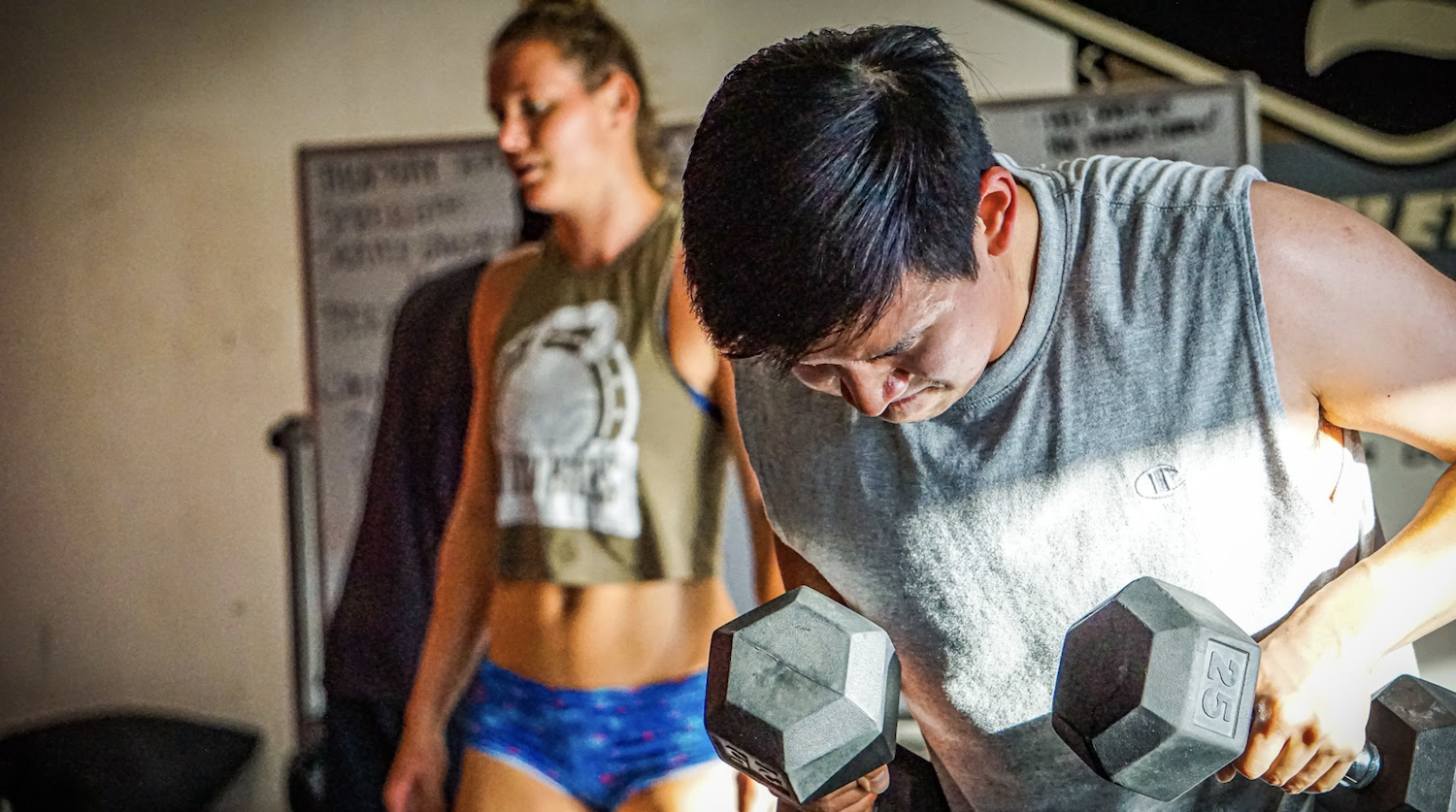
Follow me conceptually here for a moment. If you’ve ever been under a heavy barbell, you can understand that if you perform a new personal record in the back squat that you couldn’t just rest a few minutes and make that same weight again. While that might be obvious, what’s less obvious is why.
Look. Back squats at one hundred percent of your one rep max are intense but the fatigue is different, isn’t it? It’s not like the kind of fatigue you feel when you’re doing a big set up push ups and just can’t squeak out another one. That is muscle fatigue. Of course, this is physiological stress. The reason you’d need to rest a few days before trying your one rep max back squat again isn’t because your muscles are tired, it’s because your central nervous system (CNS) is fatigued. This is mostly neurological stress.
This simple but profound observation introduces an important fact about training. There aren’t just two ways to experience fatigue, there are two main ways to drive adaptation in the gym: neurological and physiological.
Physiological adaptations include structural changes like stronger muscles, more flexible joints, and more oxygen efficient lungs. Neurological adaptations include greater coordination, improved motor recruitment, and better balance.
If you want a more capable machine, you’ll need to improve both your hardware (physiological adaptations) and your software (neurological adaptations).
NOTES:
Daily at Home GPP Coaching Video
6/28/20 WOD
Complete 4 rounds for quality of:
20 Up Downs
30 Butterfly Sit Ups
Complete 5 rounds for quality of:
:60 Glute Bridge Isometric Hold
20 Glute Bridge
10 Glute Walk-outs
:30 Supine Plank
Complete 3 rounds for rounds for time:
20 Narrow Stance RDLs
15 Sissy Squats
6 Tuck Jumps
Complete 2 rounds for quality of:
:90 Forward Plank
-Rest :60-

